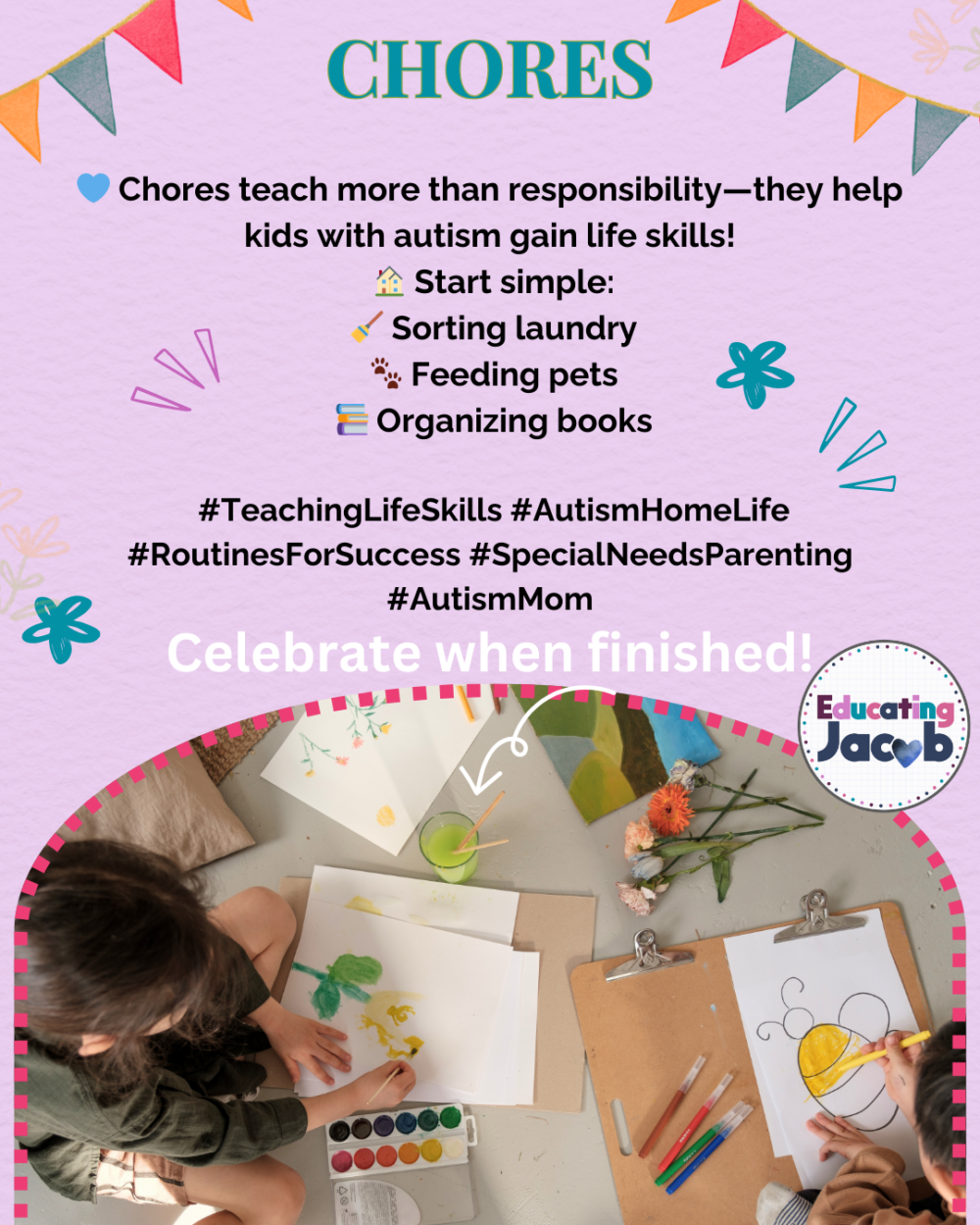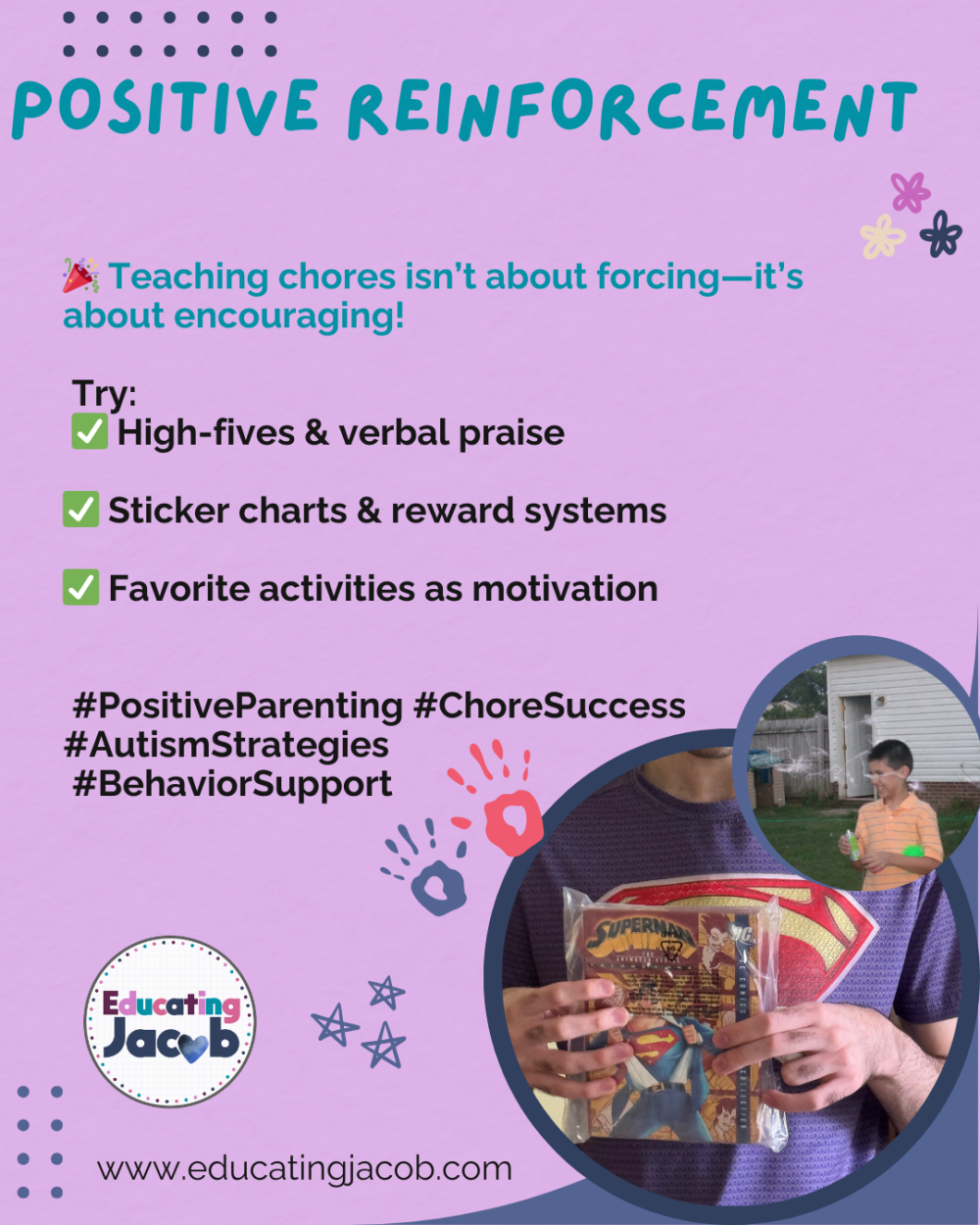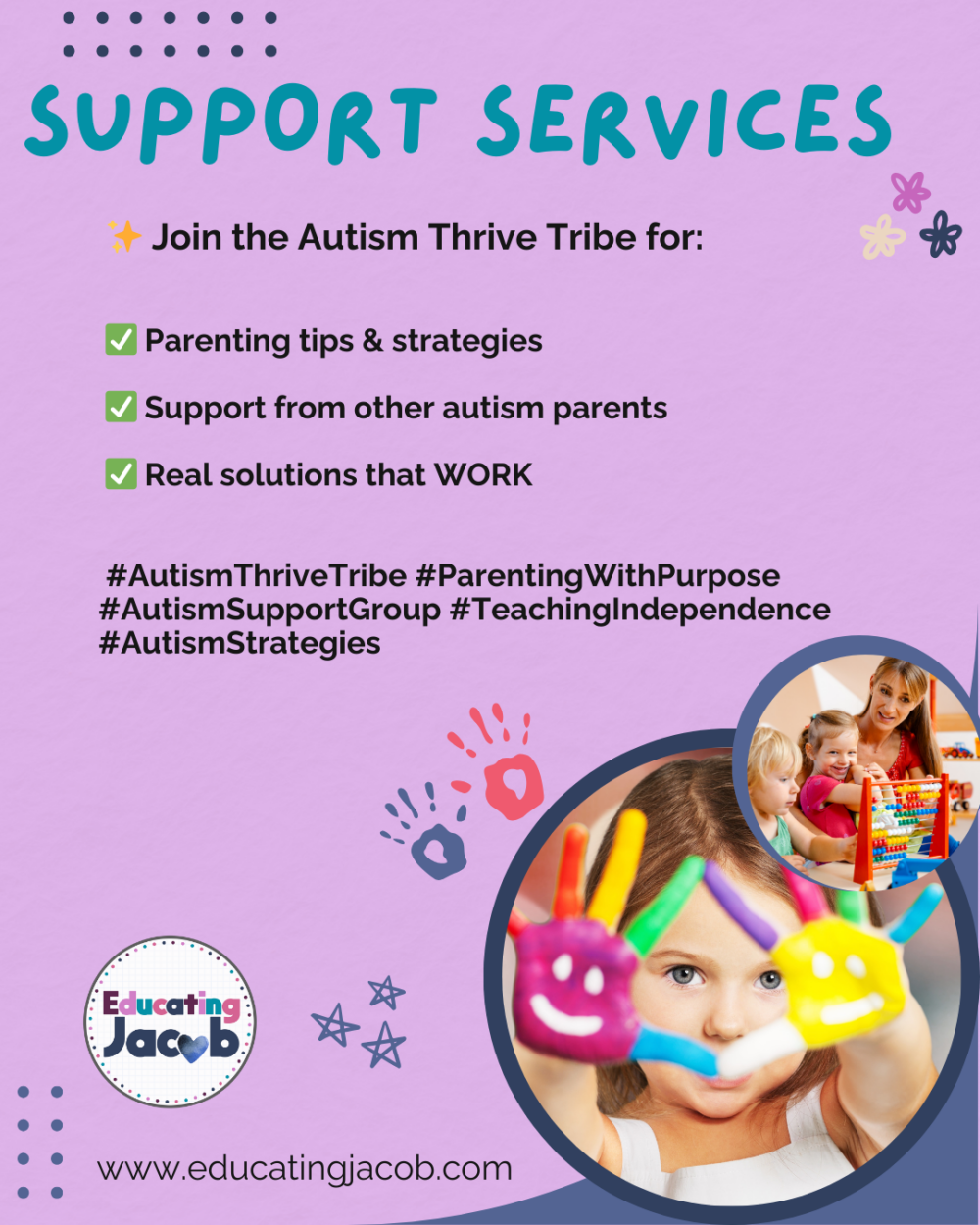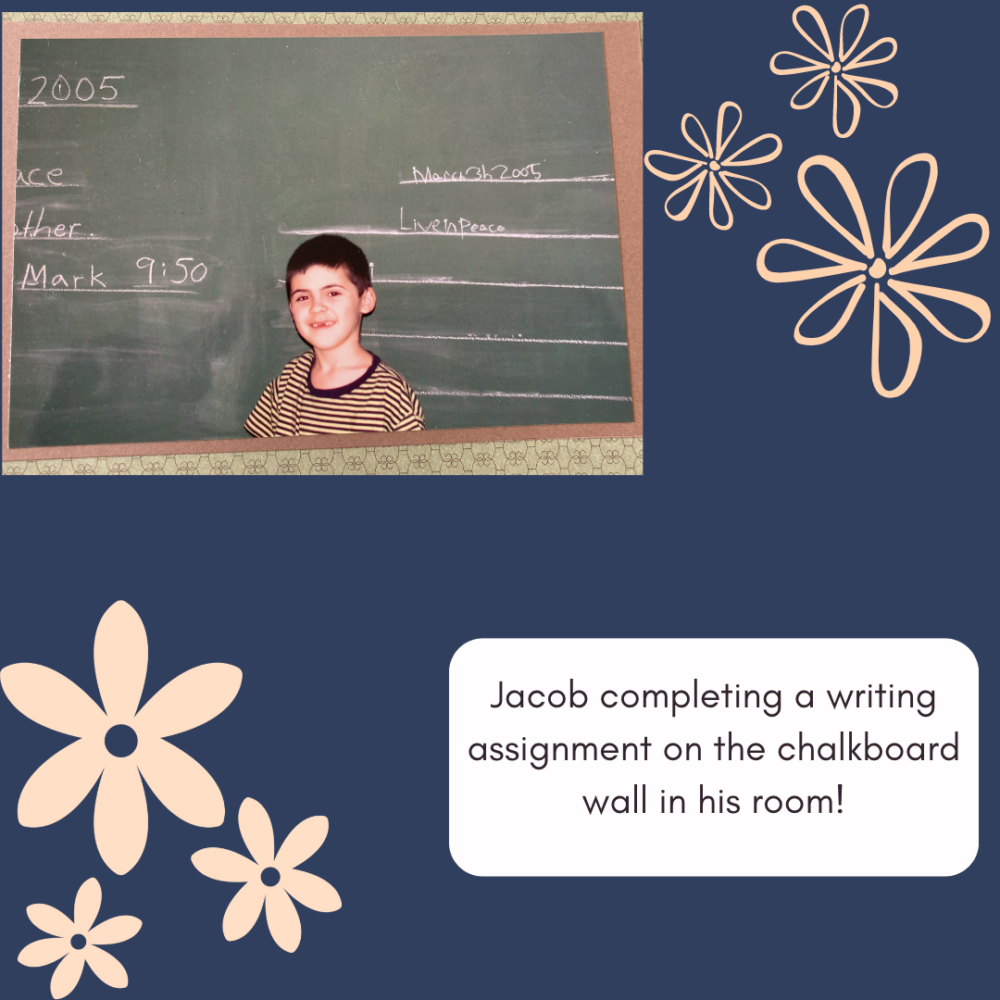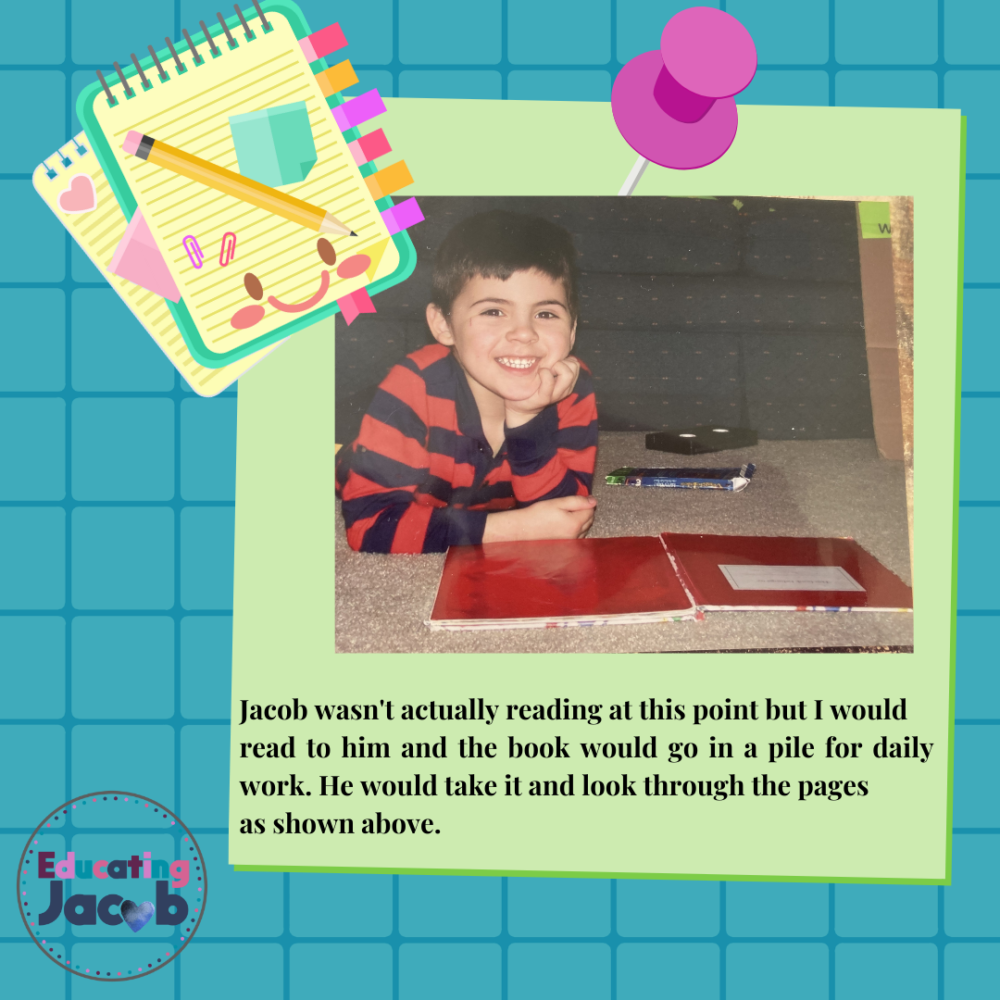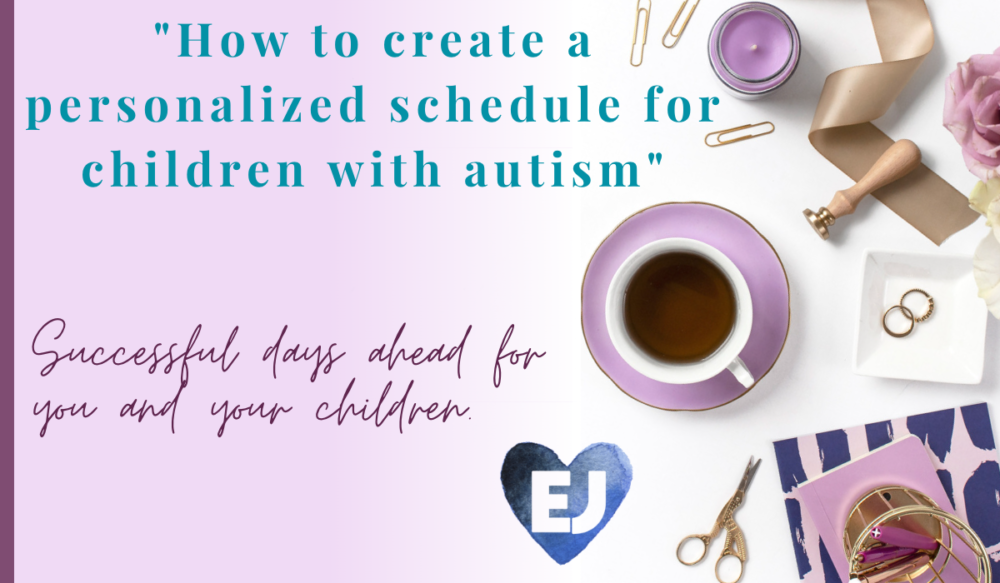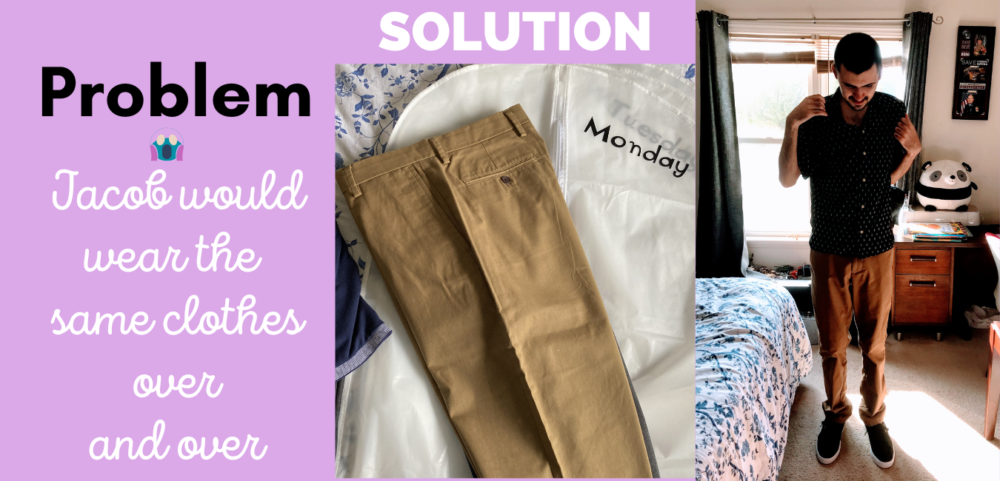5 ways to regain my calm when my special needs child is dancing on my last nerve!
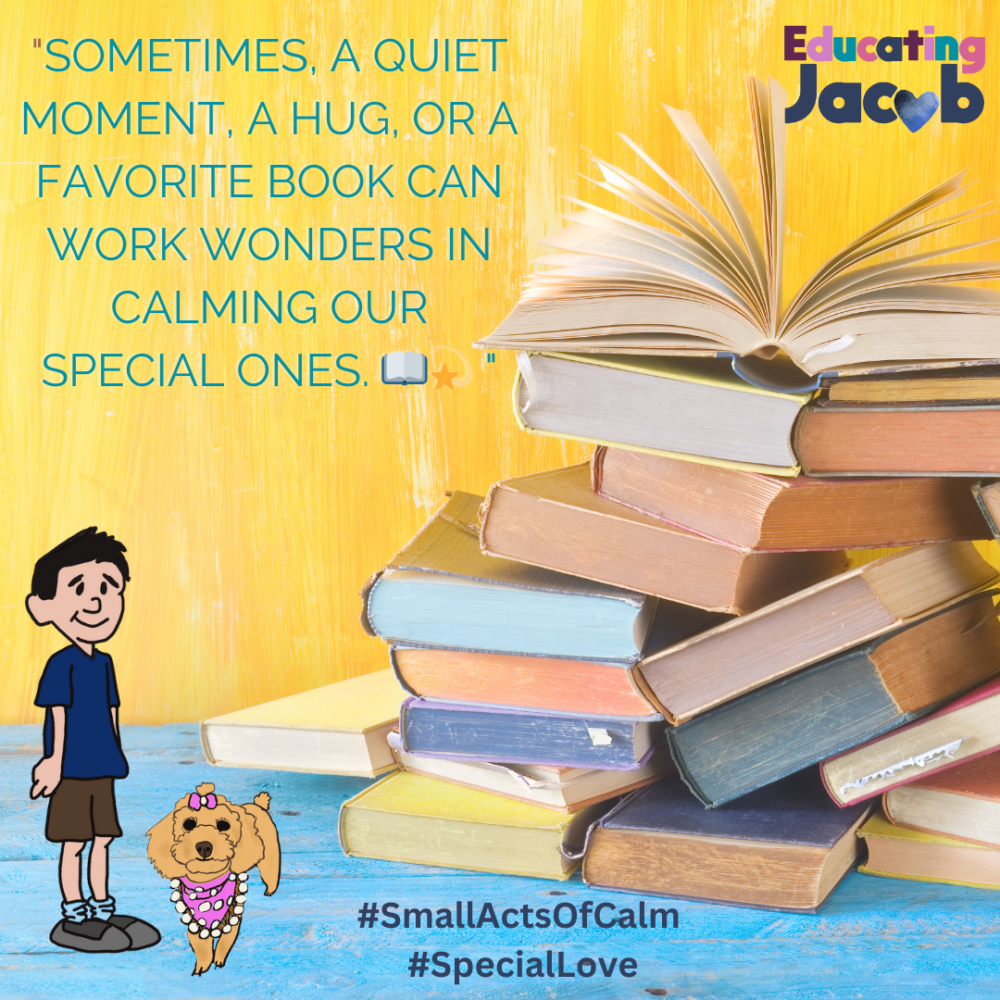
Regain Your Calm With Your Special Needs Child
Parenting can sometimes feel like a never-ending circus—juggling tasks, managing emotions, and keeping everything from crashing down. Throw in raising a special needs child, and it’s like adding a high-wire act to the mix. Trust me, I’ve been there. But instead of letting the chaos consume you, let’s talk about how you can regain your calm using tools from the CALM framework and some good old-fashioned humor. https://wordtoyourmotherblog.com/autism-parenting-tips/
This is where mindset and a solid toolkit come into play. These five strategies will help you pause, reset, and return to parenting with a clear head.
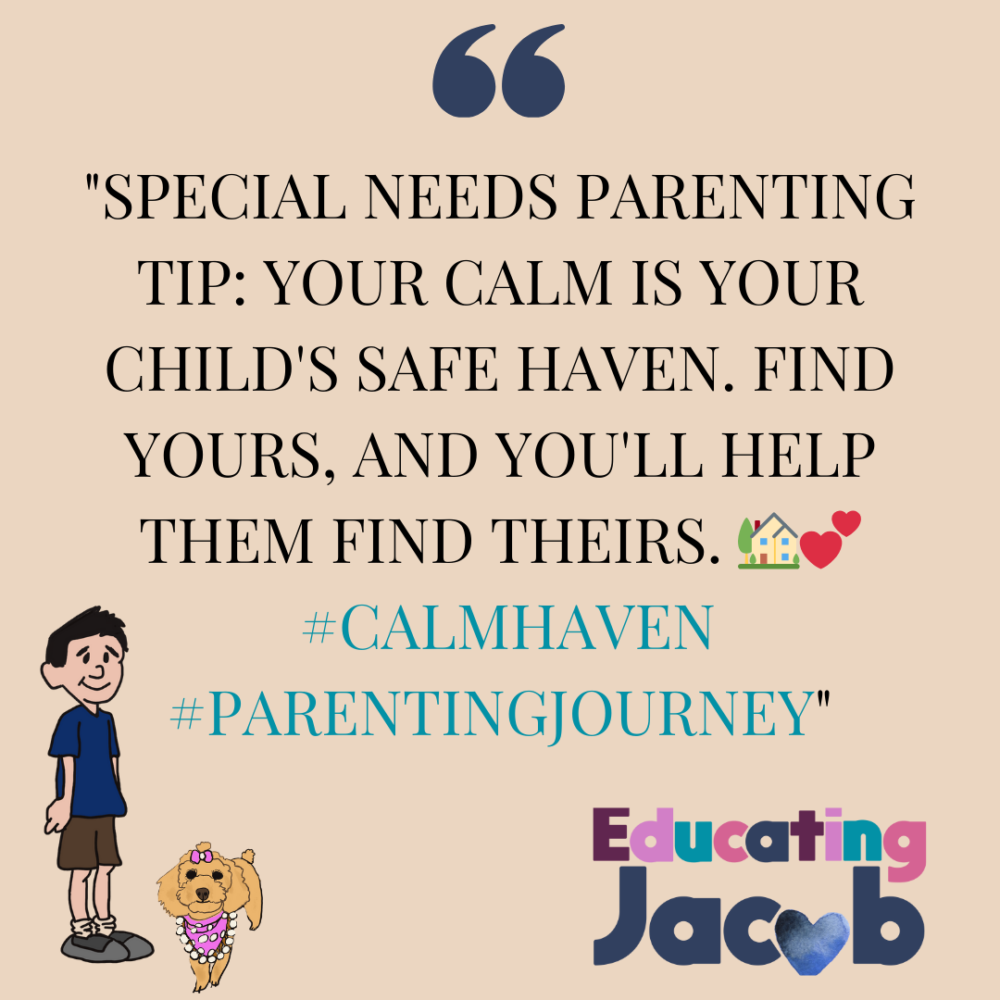
Finding Calm in the Chaos: Using the CALM Framework
At EducatingJacob, we focus on CALM strategies, where the “M” stands for Mindset. Maintaining the right mindset is critical for parenting success and emotional well-being. It’s not about perfection; it’s about progress and learning to shift from reactive chaos to responsive calm.
These strategies are part of the broader framework that includes visual schedules, which reduce anxiety and create structure for your child—and you. Let’s explore five ways to get back on track when your nerves are frayed.
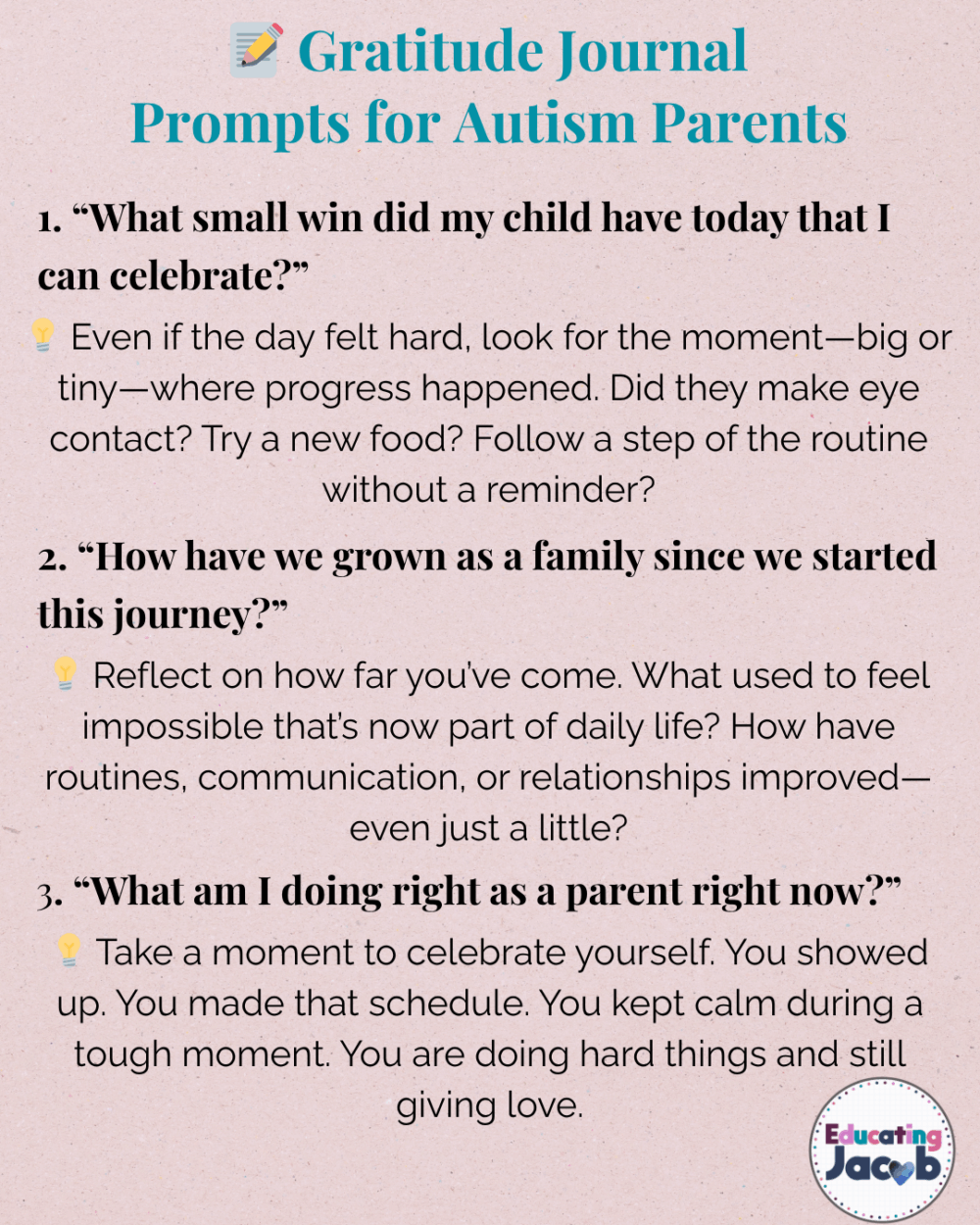
1. The Gratitude Journal Getaway ✍️
When you feel your patience slipping, retreat to your room with a gratitude journal. Writing down even the smallest victories can refocus your mindset.
- Why It Works: A gratitude journal helps you shift from frustration to appreciation, reminding you of how far you’ve come.
- How to Start: Jot down three things you’re grateful for daily—no matter how small. For example, “Jacob followed his visual schedule today!”
Gratitude is a powerful tool to regain calm and confidence, reinforcing your ability to handle the challenges of autism parenting. How to achieve CALM on Autism Island, daily life on the spectrum.
2. The Bath-Time Escape 🛁
Sometimes, the best way to calm your mind is by soothing your body. A warm bath, a glass of wine, and relaxing candles can work wonders for your stress levels.
- Why It Works: Relaxation lowers cortisol (your stress hormone) and gives you the mental reset needed to parent effectively.
- Add a Twist: Listen to an audiobook, like a personal development book or a calming podcast, while you soak.
A relaxed parent can approach challenges with more patience and creativity—key ingredients in implementing the CALM framework.
3. Movie Magic with a Twist 🎥
When Jacob’s movie-quote marathon tests my last nerve, I’ve found that turning to the magic of movies can be a great reset for both of us.
- For You: Escape into a comedy or action-packed Marvel film to distract and recharge.
- For Your Child: Use a favorite movie quote to redirect them during transitions or moments of frustration. This ties into their comfort zone and helps shift the mood.
Visual schedules can even incorporate favorite movie times, creating a calming anchor in your child’s day.
4. The Reading Retreat 📚
Books are more than just an escape—they’re a way to recharge your mindset. Whether it’s a suspenseful novel or uplifting scriptures like Psalms and Proverbs, reading can ground you and help you refocus.
- Why It Works: Reading helps you step outside your current challenges and gain perspective.
- Bonus Tip: Keep a notebook handy to jot down quotes or ideas that inspire you.
Incorporate reading time into your visual schedule to model calm, structured habits for your child.
5. The Great Escape 🌳
Sometimes, you just need to step away—literally. A quick trip to the grocery store, a cup of tea with a friend, or even a brisk walk can do wonders for your mental health.
- Why It Works: Changing your environment can reset your perspective and give you the emotional reserves to reengage with your child.
- For Your Child: Plan an outing that fits their sensory needs, like a quiet park or a familiar store, and include it in their visual schedule to reduce surprises.
The goal is to return to parenting refreshed and ready to support your child’s needs without feeling overwhelmed.
Mindset + Tools = Calm Confidence
Remember, the CALM framework is your ally:
- C: Consistent Action Forward – Small, steady steps make all the difference.
- A: Always Celebrate Wins – Recognize and reward progress, no matter how small.
- L: Learning to Create Schedules – Use visual schedules to create predictability and ease transitions.
- M: Mindset is Key – A positive mindset allows you to show up as the confident, calm parent your child needs. How to achieve CALM on Autism Island, daily life on the spectrum.
Take Care of Yourself, So You Can Care for Them
Parenting a child with autism is challenging, but you’re not alone, and you don’t have to do it perfectly. These five strategies are simple ways to regain your calm, shift your mindset, and return to parenting with renewed confidence.
You’ve got this. And when it feels like too much, just remember: a calm, collected parent can change the whole energy of the home—and that starts with you.
What are your go-to strategies for regaining calm during tough moments? I’d love to hear about them! 🌟
🧐 Struggling with daily routines and meltdowns?
🌟 As an autism parent coach, I help you transform chaos into calm by creating strategies that work for your family. 🌟
📅 Schedule a discovery call
👉🏼 Visit my contact page to get started: https://educatingjacob.com/contact/
#autismcoach #autismparentcoaching #autismandepilepsy #autismfamily💙#autismmom😎 #autismboymom😎 #autismchallenges🧩 #AutismParenting #DoctorVisitSuccess #EducatingJacob #AutismSupport #CalmParenting #askmelissa

